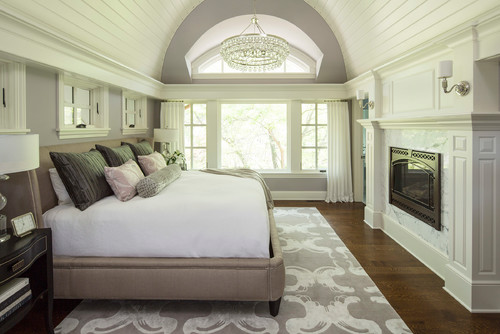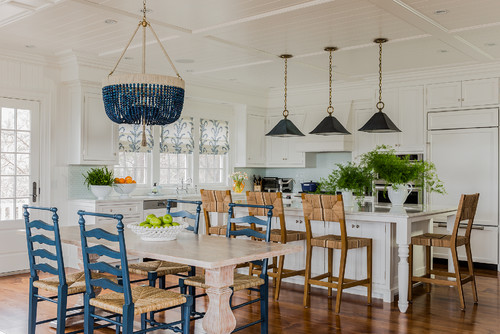When starting to decorate your home, you may feel overwhelmed by all of the decisions that need to be made.
To ensure a good result and to not blow the budget, you may decide to create a decorating plan before starting any work or purchasing any item.
Here are the steps to create a decorating plan for your home.
 photo courtesy of kaboompics.com/photo/4216/close-up-of-pillows-on-a-bed
photo courtesy of kaboompics.com/photo/4216/close-up-of-pillows-on-a-bed
Budget
Decide on a decorating budget.
Keeping a spreadsheet of everything that needs to be purchased including tax and shipping may be the most time consuming part of your decorating plan, yet the most important.
Allow a 10% contingency for things that could go wrong if you are exclusively decorating, but a 20% contingency if you are remodeling.
If you are remodeling an older home, you may even want a 30% contingency.
Adjoining Rooms
Adjoining rooms that are not separated by a door should be decorated in a similar style and colors.
The rooms do not have to be the exact same, but they should have the same feel.
When creating a decorating plan, you can't ignore an adjoining room.
If your living room flows into your dining room that flows into your kitchen, you have to create a cohesive decorating plan for the entire space.
Measurements
The dimensions of your room and any openings in the walls (doors, hallways, etc) are important when deciding the location of furniture and furnishings.
You must also take into account any light switches or electrical outlets that you will need access to.
When working on your decorating plan, you may want to draw your room layout on graph paper to scale when determining what will fit and what will not.
A room with too small furniture will feel enormous and cavernous but a room with too big furniture will feel tiny and cramped.
Research
Look at magazines, model homes, furniture stores, and online to determine what you like and what you don't like.
While creating a decorating plan, you should research the companies you plan on purchasing from and which online sites have the best customer service and prices.
If you are decorating with your spouse or someone else, make sure they are in agreement of your decorating plans.
Determine Your Decorating Style
After all of your research, you should determine the decorating style you want to use.
You can select a simple traditional, modern, or contemporary style.
You can also select a more specialized cape cod, asian, country, cottage, farmhouse, french country, moroccan, art deco, mid century modern, shabby chic, arts and crafts, minimalist, or whatever specific style you like.
You can even create your own blend of styles or your own eclectic mix. When selecting items for your home, make sure it is appropriate for the style you selected.
Jumping Off Point
Your room should have a jumping off point that sets the tone of the room.
It could be a great piece of art, beautiful curtains, or a fantastic rug.
Whatever you select, make sure you love it because the entire room (and adjoining room) design will be based on that item.
Complementary Items
Select items that complement your jumping off point.
Such items include furniture, accessories, lighting, other textiles, and paint colors.
Big Ticket Items
When deciding on items for your home, your more expensive big ticket items should be more neutral and less trendy so they will be more timeless and you won't have to replace them for many years.
Lesser Expensive Items
If you want to add trendy items to your home, feel free to add a few lesser expensive items that you won't feel bad about replacing in 5 years.
One Step at a Time
If your budget does not allow you to have everything you want immediately, feel free to take one step at a time and buy the bare basics right now.
You can add on to your home decor bit by bit. Don't be tempted to purchase cheap and poorly constructed items that you can afford now.










